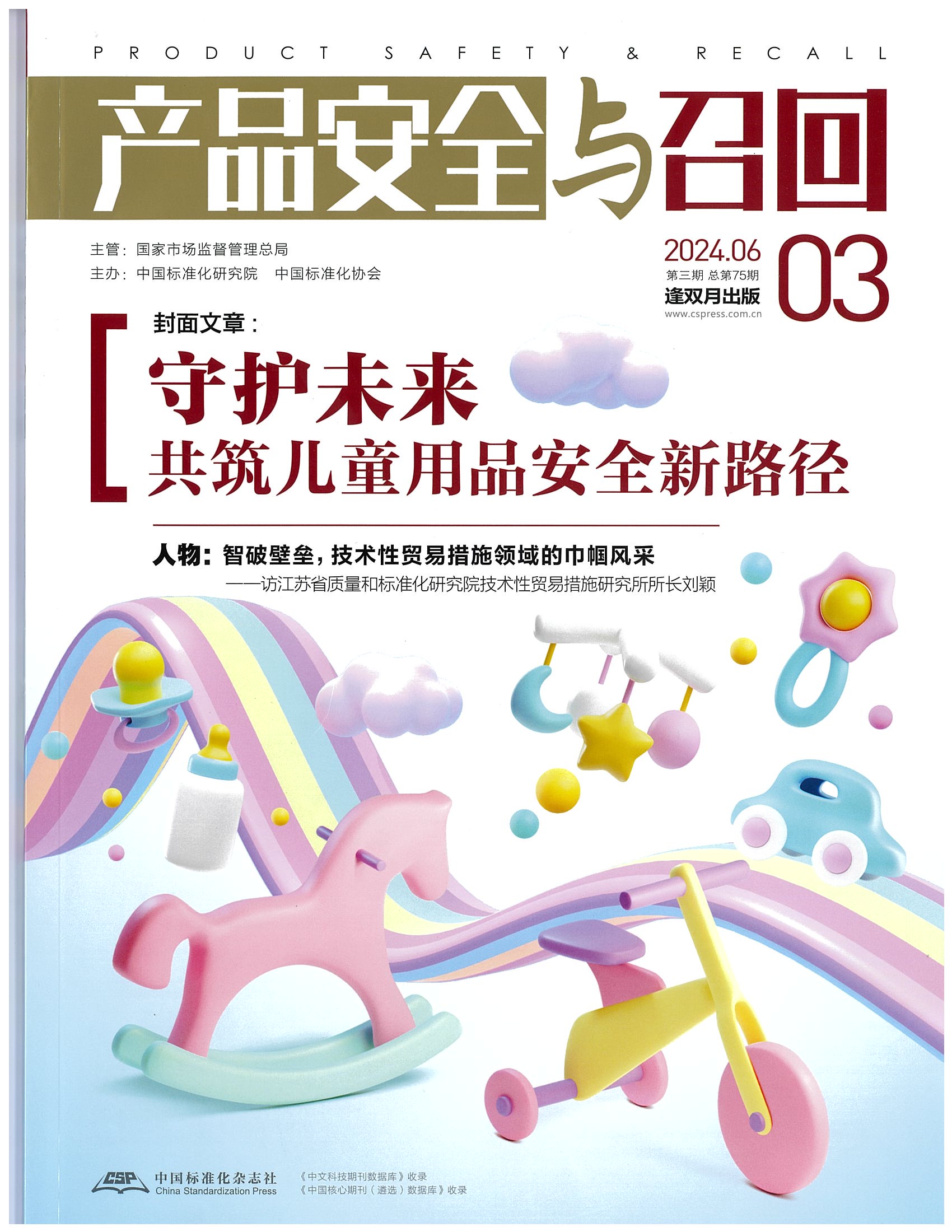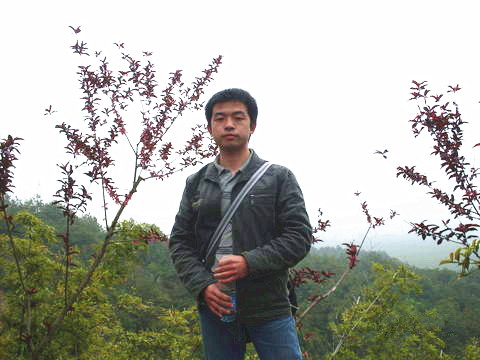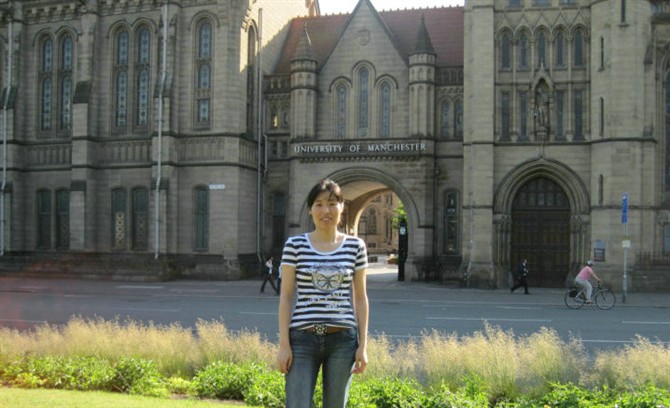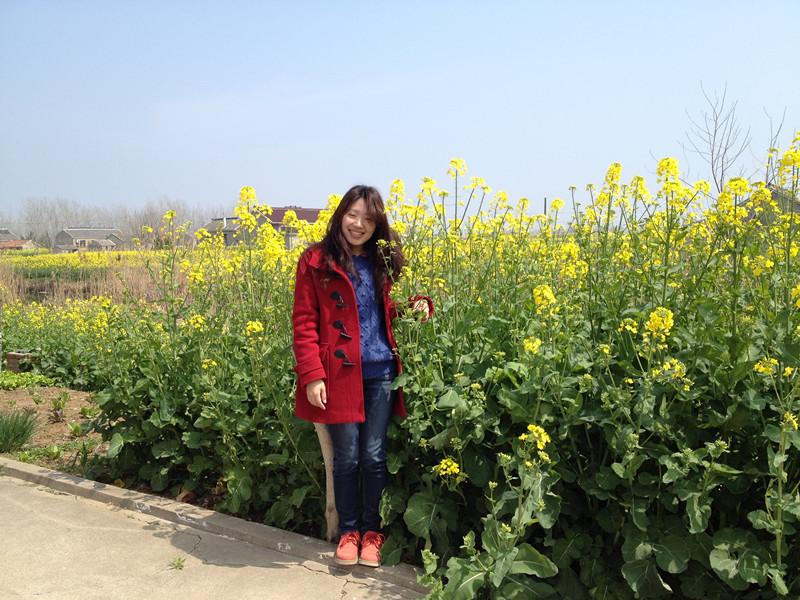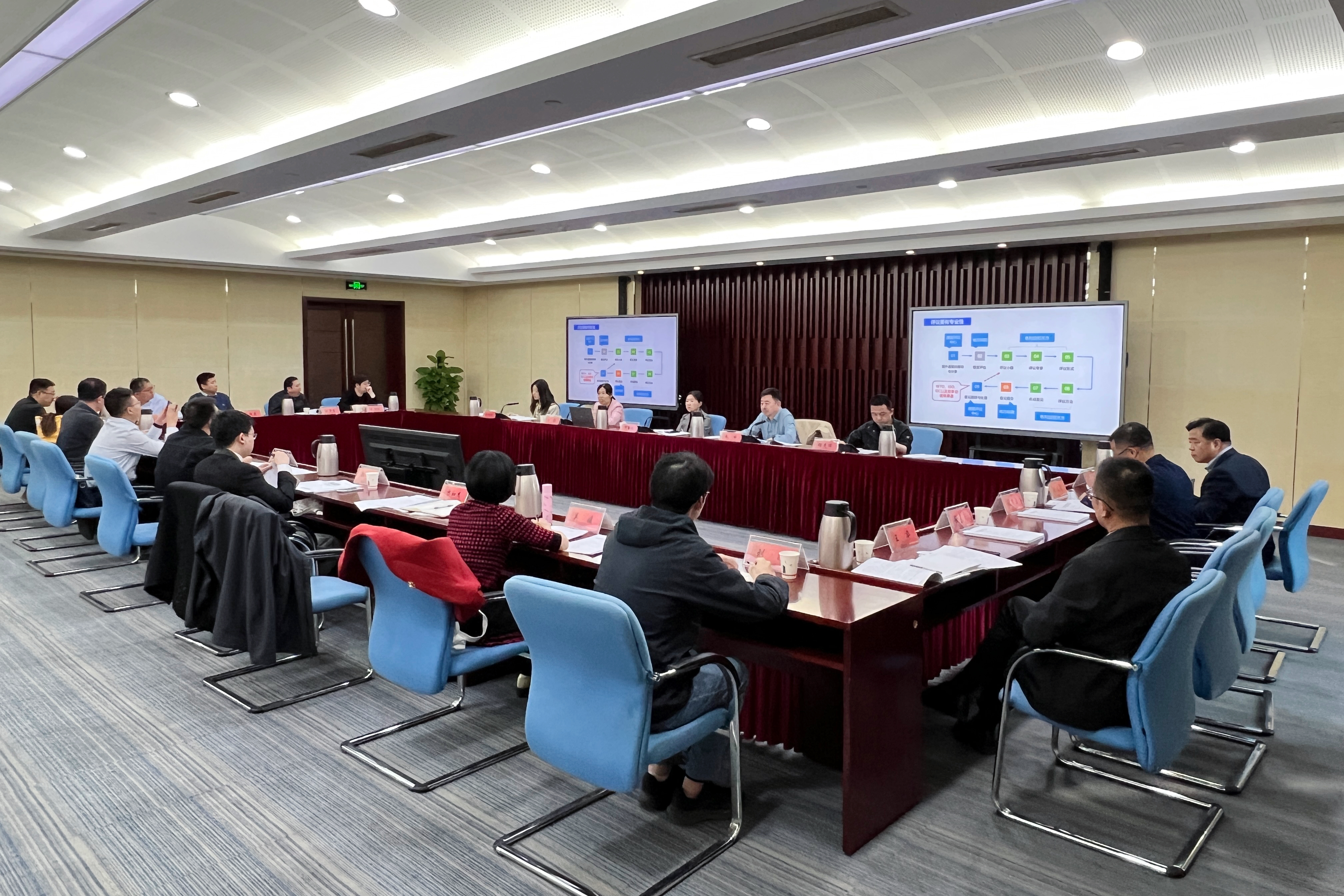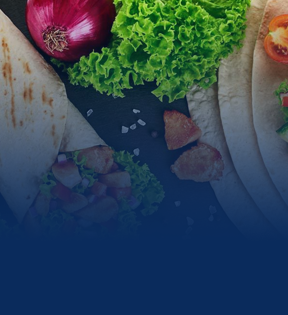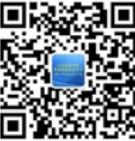8. | Relevant documents: 1. ARS 53, General principles of food hygiene— Code of practice 2. ARS 56, Prepackaged foods — Labelling 3. CODEX STAN 193, Codex general standardfor contaminants and toxins in food and feed 4. ISO 22000, Food safety management systems— Requirements for any organization in the food chain 5. van Huis, A. (2016) Edible Insects are the Future? Proceedings of the Nutrition Society, 75, 294–305. https://doi.org/10.1017/S0029665116000069 6. Jongema, Y. (2017Apr) List of Edible Insects of the World [Internet]. Wageningen University & Research (WUR), Wageningen, The Netherlands.p. 1–100. 7. González-Escobar, J.L., Grajales-Lagunes, A., Smoliński, A., Chagolla-López, A., De Léon- Rodríguez, A. and Barba de la Rosa,A.P. (2018) Microbiota of Edible Liometopum apiculatum Ant Larvae Reveals Potential Functions Related to Their Nutritional Value. Food Research International, 109, 497–505. https://doi.org/10.1016/j.foodres.2018.04.049 8. Okyere, A.A. (2023) Food Safety Management of Insect-Based Foods.In: Andersen V, Lelieveld H, and Motarjemi Y, editors. Food Safety Management: A Practical Guide for the Food Industry, 2nd Edition. Academic Press/ Elsevier Inc., London, United Kingdom; San Diego, CA, USA. p. 223–33. https://doi.org/10.1016/B978-0-12-820013-1.00036-X 9. EFSA. (2015) Risk Profile Relatedto Production and Consumption of Insects as Food and Feed. EFSA Journal, 13, 4257(1-60). https://doi.org/10.2903/j.efsa.2015.4257 10. van Huis, A. (2013) Edible Insects: FutureProspects for Food and Feed Security [Internet]. Food and Agriculture Organization of the United Nations (FAO), Rome, Italy. 11. Eilenberg, J., Vlak, J., Nielsen-Leroux, C., Cappellozza, S. and Jensen,A.B. (2015) Diseasesin Insects Produced for Food and Feed. Journal of Insects as Food and Feed, 1, 87–102. https://doi.org/10.3920/JIFF2014.0022 12. Cappellozza, S., Saviane, A., Tettamanti, G., Squadrin, M., Vendramin, E., Paolucci, P. et al. (2011) Identification of Enterococcus mundtiias a pathogenic agent involved in the "flacherie" disease in Bombyx mori L. larvae reared on artificial diet. Journal of Invertebrate Pathology, 106, 386–93. https://doi.org/10.1016/j.jip.2010.12.007 13. Hirose, E., Panizzi, A.R. and Cattelan, A.J. (2006) Potential use of antibiotic to improve performance of laboratory-reared Nezara viridula (L.) (Heteroptera: Pentatomidae). Neotropical Entomology, Sociedade Entomológica do Brasil. 35, 279–81. https://doi.org/10.1590/S1519- 566X2006000200022 14. Brinker, P., Fontaine, M.C., Beukeboom, L.W. and Salles ,J.F. (2019) Host, Symbionts, and the Microbiome: The Missing Tripartite Interaction. Trends in Microbiology, Elsevier. 27, 480–8. https://doi.org/10.1016/j.tim.2019.02.002 15. Gurung, K., Wertheim, B. and Falcao Salles, J. (2019) The microbiome of pest insects: it is not just bacteria. Entomologia Experimentalis et Applicata, 167, 156–70. https://doi.org/10.1111/eea.12768 16. Dicke, M., Eilenberg, J., Salles, J.F. ,Jensen, A.B., Lecocq,A., Pijlman, G.P. et al. (2020) Edible insects unlikely to contribute to transmission of coronavirus SARS-CoV-2. Journal of Insects as Food and Feed, 6, 333–9. https://doi.org/10.3920/JIFF2020.0039 17. Marshall, D.L., Dickson, J.S. and Nguyen, N.H. (2016) Ensuring Food Safety in Insect Based Foods: Mitigating Microbiological and Other Foodborne Hazards. In: Dossey AT, Morales- Ramos JA, and Rojas MG, editors. Insects as Sustainable Food Ingredients: Production, Processing and Food Applications, Academic Press, London,United Kingdom; San Diego, CA, USA. p. 223–53. https://doi.org/10.1016/B978-0-12-802856-8.00008-9 18. Igbabul, B.D., Agude, C. and Inyang, C.U. (2015) Nutritional and Microbial Quality of Dried Larva of Cirina forda. International Journal of Nutrition and Food Sciences, Science Publishing Group. 3, 602–6. https://doi.org/10.11648/j.ijnfs.20140306.28 19. Braide, W., Oranusi, S., Iyen, I., Oguoma, O., Akobondu, C. and Nwaoguikpe, R. (2010) Microbiological qualityof an edible caterpillar of an emperormoth, Bunaea alcinoe.Journal of Ecology and the Natural Environment, 3, 176–80. 20. Grabowski, N.T. and Klein, G. (2017) Microbiology of Cooked and Dried Edible Mediterranean Field Crickets (Gryllus bimaculatus) and Superworms (Zophobas atratus) Submitted to Four Different Heating Treatments. Food Science and Technology International, SAGE Publications Ltd STM. 23, 17–23. https://doi.org/10.1177/1082013216652994 21. Wynants, E., Crauwels, S., Verreth, C., Gianotten, N., Lievens, B., Claes, J. et al. (2018) Microbial dynamics during production of lesser mealworms (Alphitobius diaperinus) for human consumption at industrial scale. Food Microbiology, 70, 181–91. https://doi.org/10.1016/j.fm.2017.09.012 22. Imathiu, S. (2020)Benefits and Food Safety Concerns Associated with Consumption of Edible Insects. NFS Journal, 18, 1–11. https://doi.org/10.1016/j.nfs.2019.11.002 23. Brown, W.V., Doyen,J.T., Moore, B.P. and Lawrence, J.F. (1992) Chemical Composition and Taxonomic Significance of Defensive Secretions of Some Australian Tenebrionidae (coleoptera). Australian Journal of Entomology, 31, 79–89. https://doi.org/10.1111/j.1440- 6055.1992.tb00461.x 24. Charlton, A.J., Dickinson, M., Wakefield, M., Fitches, E., Kenis, M., Han, R. et al. (2015) Exploring the chemical safety of fly larvae as a source of protein for animal feed. Journal of Insects as Food and Feed, 1, 7–16. https://doi.org/10.3920/JIFF2014.0020 25. Lindqvist, L. (1992)Accumulation of Cadmium, Copper, and Zinc in Five Species of Phytophagous Insects. Environmental Entomology, 21, 160–3. https://doi.org/10.1093/ee/21.1.160 26. Zhuang, P., Zou, H. and Shu, W. (2009) Biotransfer of heavy metals along a soil-plant-insect- chicken food chain: Field study. Journal of Environmental Sciences, 21, 849–53. https://doi.org/10.1016/S1001-0742(08)62351-7 27. Zagrobelny, M., Dreon, A.L., Gomiero,T., Marcazzan, G.L., Glaring, M.A., MøLler, B.L. et al. (2009) Toxic Moths: Source of a Truly Safe Delicacy. Journal of Ethnobiology, SAGE Publications. 29, 64–76. https://doi.org/10.2993/0278-0771-29.1.64 28. Berenbaum, M. (2012) Sequestered Plant Toxins and Insect Palatability. 29. Duffey, S.S. (1980) Sequestration of Plant Natural Products by Insects. Annual Review of Entomology, 25, 447–77. https://doi.org/10.1146/annurev.en.25.010180.002311 30. Nishida, R. (2002) Sequestration of Defensive Substances from Plants by Lepidoptera. Annual Review of Entomology, 47, 57–92. https://doi.org/10.1146/annurev.ento.47.091201.145121 31. Brower, L.P. (1969) Ecological Chemistry. Scientific American, 220, 22–9. https://doi.org/10.1038/scientificamerican0269-22 32. Aliabadi, A., Renwick, J.A.A. and Whitman,D.W. (2002) Sequestration of glucosinolates by harlequin bug Murgantia histrionica. Journal of Chemical Ecology, 28, 1749–62. https://doi.org/10.1023/a:1020505016637 33. Blum, M.S. (1994) The Limits of Entomophagy: A Discretionary Gourmand in a World of Toxic Insects. The Food Insects Newsletter, 7. 34. Crespo, R., Villaverde, M.L., Girotti, J.R., Güerci, A., Juárez, M.P. and de Bravo, M.G. (2011) Cytotoxic and genotoxic effects of defence secretion of Ulomoides dermestoides on A549 cells. 35. Journal of Ethnopharmacology, 136, 204–9. https://doi.org/10.1016/j.jep.2011.04.056 36. Schabel, H.G. (2010) Forest Insects as Food: A Global Review. In: Durst PB, Johnson DV, Leslie RN, and Shono K, editors. Forest Insects as Food: Humans Bite Back: Proceedings of a Workshop on Asia-Pacific Resources and Their Potential for Development, 19-21 February 2008, Chiang Mai, Thailand, Food and Agriculture Organization of the United Nations, Regional Office for Asia and the Pacific, Bangkok, Thailand. p. 37–64. 37. Mcmillian, W.W.,Widstrom, N.W. and Wilson, D.M. (1981) Rearing the Maize Weevil1onMaize Genotypes When Aflatoxin-ProducingAspergillus flavusandA. parasiticusIsolates Were Present2. Environmental Entomology, 10, 760–2. https://doi.org/10.1093/ee/10.5.760 38. Babarinde, S.A., Mvumi, B.M., Babarinde, G.O., Manditsera, F.A., Akande, T.O. and Adepoju, 39. A.A. (2021) Insectsin Food and Feed Systems in Sub-Saharan Africa: The Untapped Potentials. International Journal of Tropical Insect Science, 41, 1923–51. https://doi.org/10.1007/s42690-020-00305-6 40. Kunatsa, Y., Chidewe, C. and Zvidzai, C.J. (2020) Phytochemical and anti-nutrient composite from selected marginalized Zimbabwean edible insects and vegetables. Journal of Agriculture and Food Research, 2, 100027. https://doi.org/10.1016/j.jafr.2020.100027 41. Alamu, O., Amao, A., Nwokedi, C., Oke, A. and Lawal,I. (2013) Diversity and nutritional status of edible insects in Nigeria: A review. International Journal of Biodiversity and Conservation, 5, 215–22. https://doi.org/10.5897/IJBC12.121 42. Ganguly, A., Chakravorty, R., Das, M., Gupta, M., Mandal, D.K., Haldar, P. et al. (2013) A preliminary study on the estimation of nutrients and anti-nutrients in Oedaleus abruptus (Thunberg) (Orthoptera: Acrididae). InternationalJournal of Nutritionand Metabolism, Academic Journals. 5, 50–6. https://doi.org/10.5897/IJNAM12.022 43. Omotoso, O.T. and Adesola,A.A. (2018) Comparative studies of the nutritional composition of some insect orders. International Journal of Entomology and Nematology Research, 2, 1–9. 44. Omotoso, O.T. (2015) Nutrient Composition, Mineral Analysis and Anti-nutrient Factors of Oryctes rhinoceros L. (Scarabaeidae: Coleoptera) and Winged Termites, Marcrotermes nigeriensis Sjostedt. (Termitidae: Isoptera). Current Journalof Applied Scienceand Technology, 8, 97–106. https://doi.org/10.9734/BJAST/2015/15344 45. Gachihi, A., Tanga, C., Nyambaka, H. and Kimiywe,J. (2023) Effectof processing methodson nutrient and anti-nutrient composition of grasshopper and termites. CyTA - Journal of Food, 46. Taylor & Francis.21, 745–50. https://doi.org/10.1080/19476337.2023.2281984 47. Belluco, S., Losasso, C., Maggioletti, M., Alonzi, C.C.,Paoletti, M.G. and Ricci, A. (2013) Edible Insects in a Food Safety and Nutritional Perspective: A Critical Review. Comprehensive Reviews in Food Science and Food Safety, 12, 296–313. https://doi.org/10.1111/1541- 4337.12014 48. Cloutier, J. (2015) Edible Insects in Africa- An Introduction to Finding, Using and Eating Insects. 1st Edition. Technical Centre for Agricultural and Rural Cooperation (CTA), Wageningen, The Netherlands. 49. Fraqueza, M.J.R. and Patarata, L.A. da S.C. (2017) Constraints of HACCP Application on Edible Insect for Food and Feed. In: MikkolaH, editor. Future Foods, INTECH Open Access Publisher, Rijeka, Croatia. p. 89–113. 50. Dolan, L.C., Matulka, R.A. and Burdock,G.A. (2010) Naturally Occurring Food Toxins. Toxins, 2, 2289–332. https://doi.org/10.3390/toxins2092289 51. Knightingale, K.W. and Ayim, E.N. (1980) Outbreak of Botulism in Kenya After Ingestion of White Ants.British Medical Journal, 281, 1682–3. https://doi.org/10.1136/bmj.281.6256.1682-a 52. Andersen, V., Lelieveld, H.L.M. and Motarjemi, Y., editors. (2023) Food Safety Management: A Practical Guide for the Food Industry[Internet]. 2nd Edition. Academic Press /Elsevier, London, United Kingdom; San Diego, CA, USA. |





